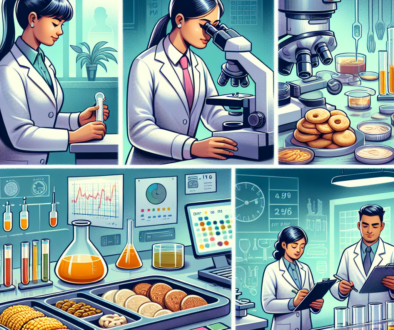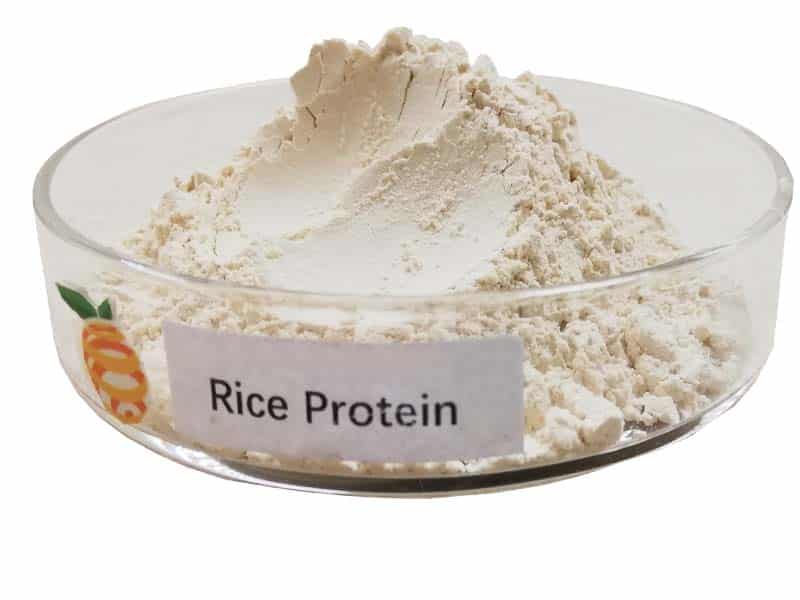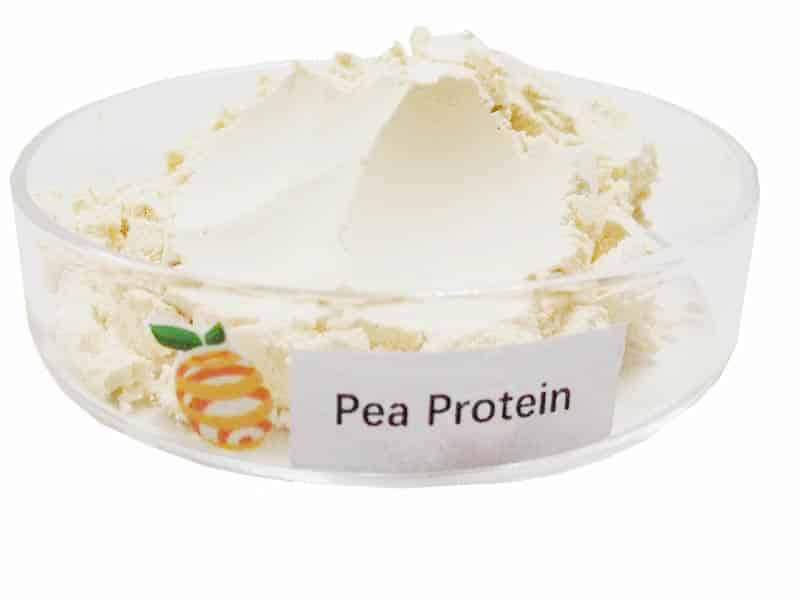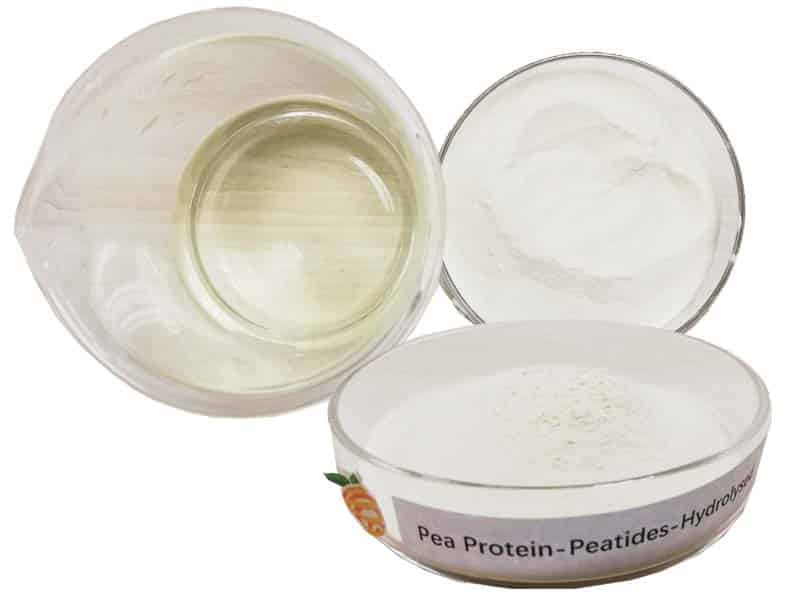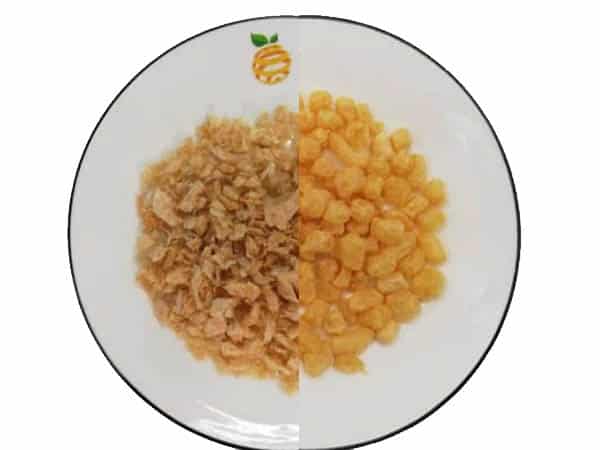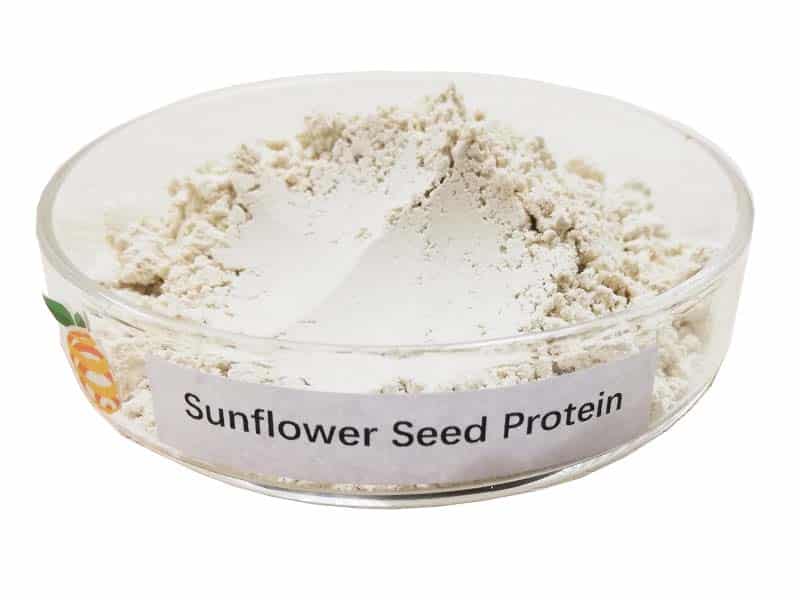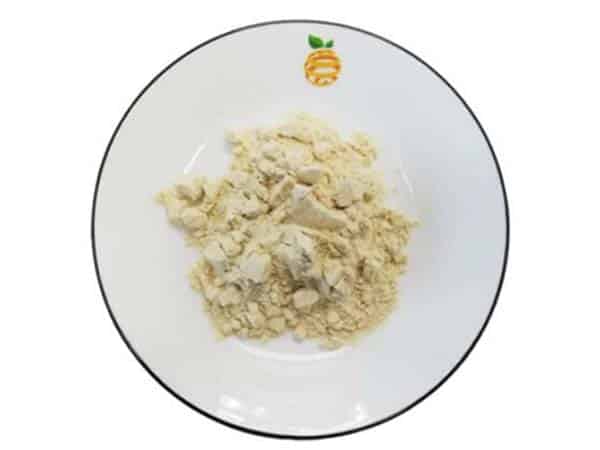Crafting the Perfect Food Prototype: Essential Tips
-
Table of Contents
- Crafting the Perfect Food Prototype: Essential Tips for Success
- Understanding the Importance of Food Prototyping
- 1. Start with a Clear Concept
- 2. Focus on Ingredient Selection
- 3. Prototype Development Process
- 4. Packaging and Presentation
- 5. Scaling Up for Production
- 6. Regulatory Compliance and Safety
- 7. Continuous Improvement and Iteration
- Conclusion: Key Takeaways for Crafting the Perfect Food Prototype
- Enhance Your Food Prototype with ETprotein’s High-Quality Protein Products
Crafting the Perfect Food Prototype: Essential Tips for Success

Developing a new food product is an exciting venture for any food manufacturer or entrepreneur. However, the process from concept to market-ready item is complex and requires careful planning and execution. One of the most critical stages in this process is crafting the perfect food prototype. A prototype serves as a tangible representation of your product idea, allowing you to test, refine, and present your concept before full-scale production. In this article, we will explore essential tips for creating a successful food prototype that can pave the way for a market hit.
Understanding the Importance of Food Prototyping
Before diving into the tips, it’s crucial to understand why food prototyping is so important. A prototype allows you to:
- Visualize your concept and make it tangible
- Test the product’s taste, texture, and appearance
- Identify potential production challenges
- Gather consumer feedback and make necessary adjustments
- Present your idea to stakeholders and investors
With these benefits in mind, let’s explore how to craft the perfect food prototype.
1. Start with a Clear Concept
Your food prototype begins with a clear and well-defined concept. This includes understanding your target market, the unique selling proposition (USP) of your product, and the problem it solves. Conduct market research to ensure there is a demand for your product and to identify any gaps in the current offerings.
2. Focus on Ingredient Selection
Choosing the right ingredients is paramount for a successful food prototype. Consider the following:
- Quality: High-quality ingredients can significantly impact the taste and perception of your product.
- Sourcing: Sustainable and ethical sourcing can add value to your brand.
- Cost: Balance quality with cost-effectiveness to ensure profitability.
- Regulations: Ensure all ingredients comply with food safety and labeling regulations.
3. Prototype Development Process
Developing your prototype involves several steps:
- Recipe formulation: Start with a base recipe and adjust proportions and ingredients as needed.
- Batch testing: Create small batches to test different variations and refine the recipe.
- Sensory evaluation: Conduct taste tests with a diverse group of people to gather feedback.
- Shelf-life testing: Determine the product’s stability and expiration date under various conditions.
4. Packaging and Presentation
The packaging of your food prototype is almost as important as the product itself. It should be:
- Attractive: Design packaging that stands out on the shelf and appeals to your target audience.
- Functional: Ensure the packaging preserves the quality of the product and is user-friendly.
- Informative: Include all necessary information, such as ingredients, nutritional facts, and allergen statements.
- Sustainable: Consider eco-friendly packaging options to appeal to environmentally conscious consumers.
5. Scaling Up for Production
Once your prototype is finalized, you’ll need to consider how to scale up for production. This involves:
- Equipment: Determine the necessary machinery and technology for mass production.
- Cost analysis: Calculate the cost of production at scale to ensure profitability.
- Quality control: Establish strict quality control measures to maintain consistency.
- Supplier relationships: Build strong relationships with suppliers to ensure a steady supply of ingredients.
6. Regulatory Compliance and Safety
Ensuring your food prototype complies with all regulatory requirements is critical. This includes:
- Food safety: Follow good manufacturing practices (GMP) to ensure food safety.
- Labeling: Adhere to labeling regulations, including ingredient lists and nutritional information.
- Certifications: Obtain any necessary certifications, such as organic, non-GMO, or gluten-free.
7. Continuous Improvement and Iteration
Even after your prototype is developed, the process of improvement should be ongoing. Collect consumer feedback, monitor market trends, and be prepared to make adjustments to your product as needed.
Conclusion: Key Takeaways for Crafting the Perfect Food Prototype
In conclusion, crafting the perfect food prototype is a multifaceted process that requires attention to detail, creativity, and strategic planning. By starting with a clear concept, selecting the right ingredients, focusing on development and presentation, scaling up for production, ensuring regulatory compliance, and committing to continuous improvement, you can increase your chances of creating a successful food product. Remember, the prototype is not just a sample of your product; it’s the foundation upon which your brand’s reputation will be built.
Enhance Your Food Prototype with ETprotein’s High-Quality Protein Products
If your food prototype requires high-quality protein ingredients, consider ETprotein’s range of organic bulk vegan proteins and L-(+)-Ergothioneine. Their products are characterized by a neutral taste, non-GMO, allergen-free attributes, and high purity levels, making them an excellent choice for food manufacturers aiming for excellence. ETprotein caters to various industries, ensuring that your prototype can meet the highest standards of quality and consumer expectations.
About ETprotein:
ETprotein, a reputable protein and L-(+)-Ergothioneine (EGT) Chinese factory manufacturer and supplier, is renowned for producing, stocking, exporting, and delivering the highest quality organic bulk vegan proteins and L-(+)-Ergothioneine. They include Organic rice protein, clear rice protein, pea protein, clear pea protein, watermelon seed protein, pumpkin seed protein, sunflower seed protein, mung bean protein, peanut protein, and L-(+)-Ergothioneine EGT Pharmaceutical grade, L-(+)-Ergothioneine EGT food grade, L-(+)-Ergothioneine EGT cosmetic grade, L-(+)-Ergothioneine EGT reference grade and L-(+)-Ergothioneine EGT standard. Their offerings, characterized by a neutral taste, non-GMO, allergen-free attributes, with L-(+)-Ergothioneine purity over 98%, 99%, cater to a diverse range of industries. They serve nutraceutical, pharmaceutical, cosmeceutical, veterinary, as well as food and beverage finished product distributors, traders, and manufacturers across Europe, USA, Canada, Australia, Thailand, Japan, Korea, Brazil, and Chile, among others.
ETprotein specialization includes exporting and delivering tailor-made protein powder and finished nutritional supplements. Their extensive product range covers sectors like Food and Beverage, Sports Nutrition, Weight Management, Dietary Supplements, Health and Wellness Products, and Infant Formula, ensuring comprehensive solutions to meet all your protein needs.
As a trusted company by leading global food and beverage brands and Fortune 500 companies, ETprotein reinforces China’s reputation in the global arena. For more information or to sample their products, please contact them and email sales(at)ETprotein.com today.




